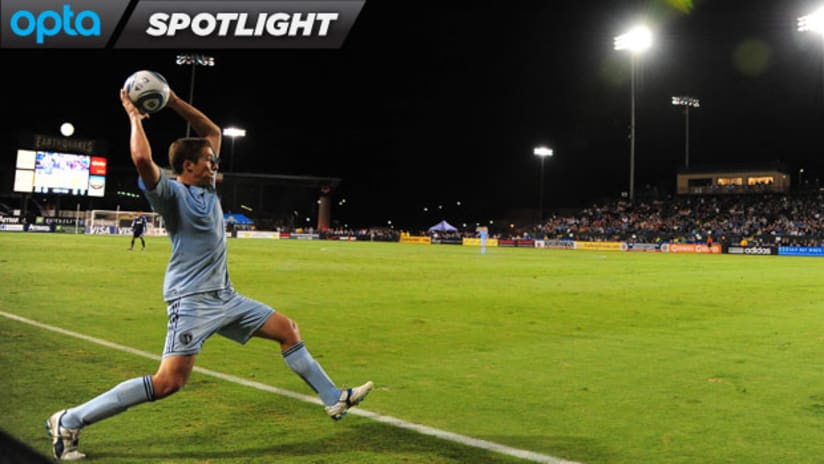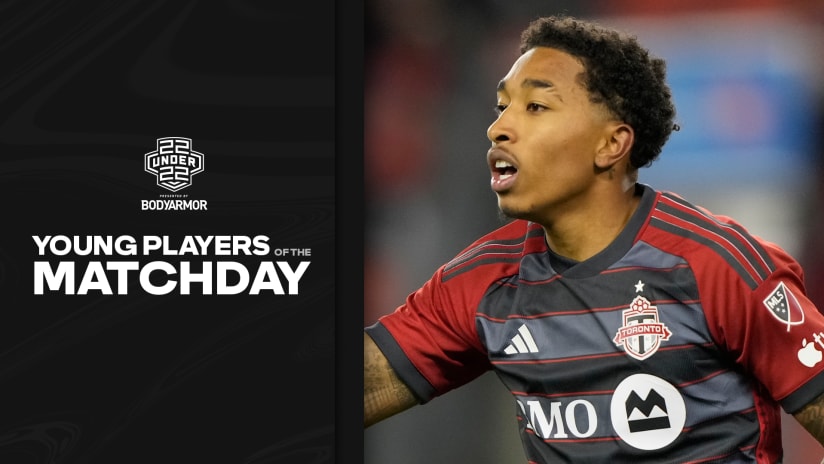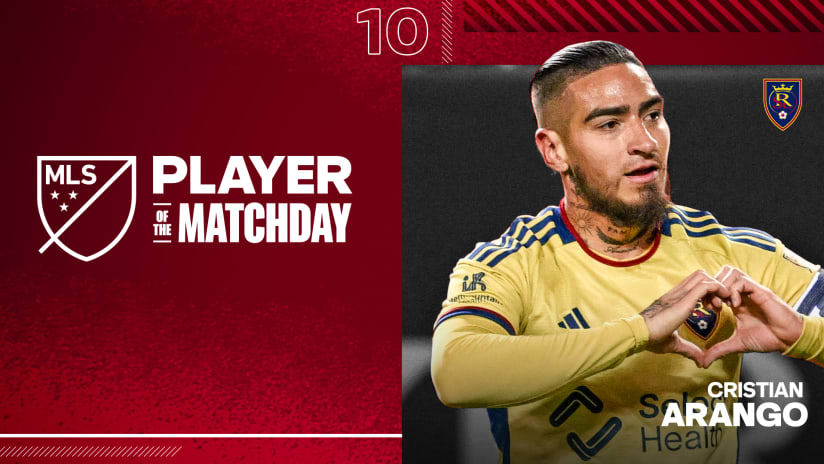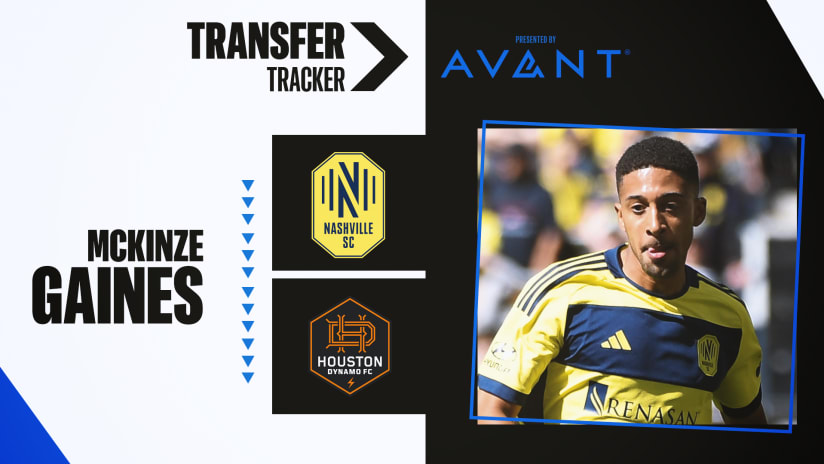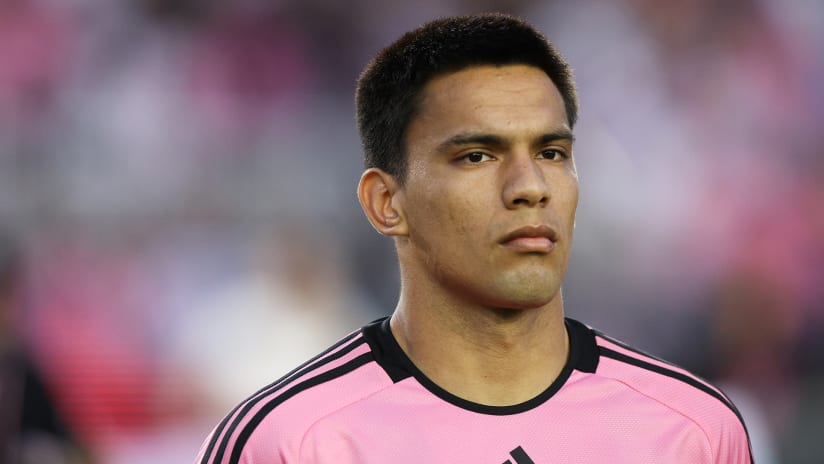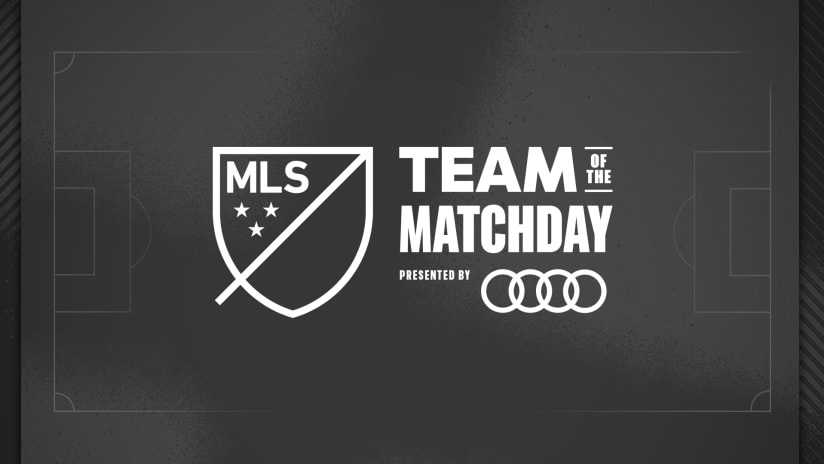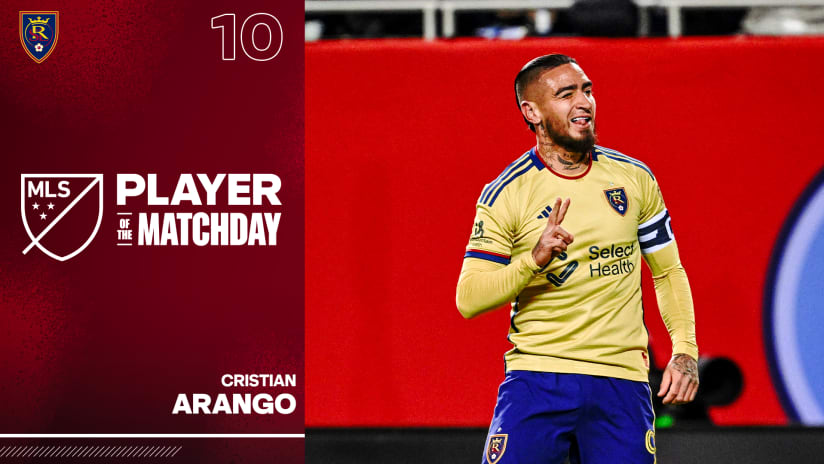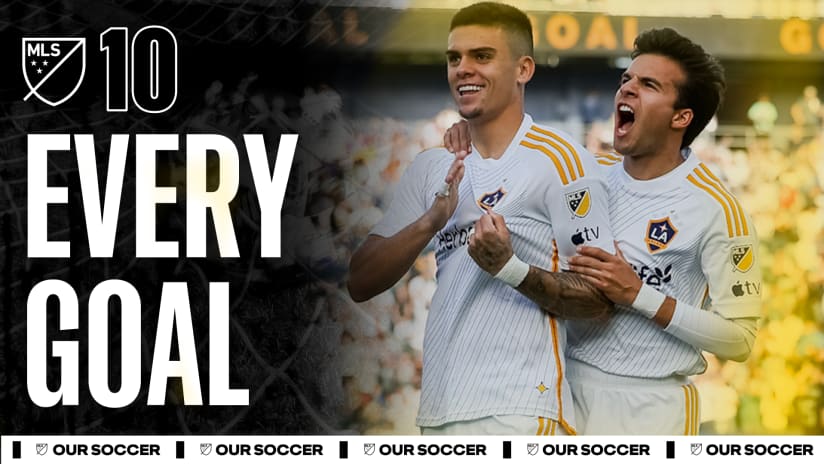Rory Delap famously popularized them at Stoke City. And from all indications, Major League Soccer appears well on its way to perfecting the technique.
Long throw-ins may be a purist’s nightmare, the uncultured antithesis of the much-admired tiki-taka, but they’re clearly en vogue these days in MLS. Whether the ball is in the final third with a mass gathering in the box or a good chuck is needed to help clear the defensive lines, MLS teams are turning to the long throw-in with a frequency – and effectiveness – not seen throughout Europe.
But what defines a long throw? According to Opta, it’s a throw-in that travels at least 90 feet. The location from which the throw-in is taken and the vector (angle and velocity) of the ball don’t matter, only the distance travelled is considered.
As you can see in the table below, MLS teams turn to this tool much more frequently than the English Premier League, Serie A* or Ligue 1, whose data is taken from the 2012-13 season. Meanwhile, the Bundesliga showed a similar propensity for the long throw during their recently completed campaign. For the sake of comparison, MLS’ 2012 data was used in the table below.
A match between Roma and Cagliari was canceled after the latter refused to abide by a fan ban, affecting the average games played in Serie A
| Average Games Played | Throw-in/game | Percentage long throws | Long-throw accuracy | Percentage short throws | Short-throw accuracy | Assist from throw ins | Key throw- ins | Goals from throw-ins | |
| MLS | 34 | 22.49 | 24.8% | 64.2% | 75.2% | 86.2% | 16 | 77 | 25 |
| EPL | 38 | 22.56 | 19.4% | 69.5% | 80.6% | 85.2% | 5 | 42 | 7 |
| Serie A | 37.9 | 21.42 | 19.7% | 72.2% | 80.3% | 87.5% | 10 | 57 | 11 |
| Bundesliga | 34 | 23.78 | 27.5% | 69.1% | 72.5% | 86.2% | 10 | 38 | 15 |
| Ligue 1 | 38 | 26.04 | 18.8% | 62.6% | 81.2% | 84.1% | 4 | 69 | 8 |
A few things stand out. Most notably, the drastic difference in the percentage of long throws taken by MLS teams compared to every league but the German Bundesliga, which in recent years has cultivated a possession- and attack-oriented style but without eschewing physicality and direct play.
MLS fullbacks are clearly being encouraged to look far up field when a throw-in opportunity arrives, and they often take that opportunity rather than attempt to play out of pressure far more often than their continental counterparts.
To wit, during the 2012 season only two MLS sides attempted fewer than 100 long throws – Real Salt Lake (89) and the Vancouver Whitecaps (60) – while five teams – New England (343), Sporting Kansas City (312), San Jose (284), Dallas (266) and Seattle (259) – exceeded the 250 threshold, nearly equaling the total number of teams contributed from the four European leagues in question last season (Stoke City, Tottenham, FC Nürnberg, Borussia Dortmund, FC Schalke, SC Freiburg, St. Etienne and Toulouse).
*Unsurprisingly, Stoke City lead all clubs with 399 long thows-ins. The Revs were second with 343, but had a higher percentage of long throws.
And while MLS' accuracy falls second to last in our comparison, that's likely the result of a greater percentage of long throws coming in the final third, serving essentially as set pieces rather than strictly ball advancement. This conclusion is also supported by the productivity of MLS sides from throw-ins, with none of the other top flights matching the league's assists from throw-in situations, key throw-ins (those directly leading to a shot) and goals from throw-ins.
Since much, but certainly not all, of MLS is channeling a bit of Stoke City's throw-in ethos, who is the league's equivalent to Rory Delap? Who has the throw (and the trees in the penalty area) other teams have no choice but to gameplan for?
<strong>2013 MLS Leaders</strong> |
<strong>Long Throws</strong> |
<strong>Long Throw Accuracy</strong> |
Sheanon Williams (PHI) |
88 |
40.9% |
Ryan Richter (TOR) |
83 |
33.7% |
Zach Loyd (DAL) |
81 |
61.7% |
Seth Sinovic (SKC) |
55 |
63.6% |
Chris Korb (DC) |
50 |
54.0% |
Steven Beitashour (SJ) |
49 |
55.1% |
Todd Dunivant (LA) |
48 |
64.6% |
It comes down to two names: Sporting Kansas City's Matt Besler – who didn't make the list to the right with 38 long throws, although he leads MLS in key throw-ins (5) – and the Philadelphia Union's Sheanon Williams – who leads in primary assists from throw-in situations (2). Besler narrowly pips his Eastern Conference rival even though neither have a particularly high accuracy from their throws (an indication that most come in attacking areas).
Since the beginning of the 2011 season, Besler has recorded 20 key throw-ins – a throw leading directly to a shot – easily the highest in MLS and double the amount of his closest competitors. Sporting have converted throw-ins into 11 goals, also a league best. Part of that comes down to the club's dedication to the long throw and cadre of suitable targets (Aurélien Collin, Kei Kamara, C.J. Sapong and even Chance Myers got in the mix recently).
But it also speaks to Besler's status as a specialist. He only trots forward when the ball is within heaving distance of the penalty area, and his upperbody strength allows the 2012 MLS Defender of the Year to put the ball on a line, eliminating reaction time for the opposing defenses and giving the players attacking the ball the velocity needed to beat the goalkeeper.
Williams is gaining ground quickly, though, and has already helped set up five Union goals this season via long throw – three knockdowns that Jack McInerney pounced on and throw-to-head jobs finished off by Conor Casey and Amobi Okugo. In the two years previous, without Casey's penalty-box presence, the Union scored twice from throw-ins, reinforcing the notion that the target is nearly as important as the thrower.
Of course, it remains to be seen if this trend will continue long-term or slow down as effectiveness wanes. After all, the more experience backlines have defending against the long throw, the better they'll get (or so the logic goes).
But one thing is certain: Defenses will get the chance to hone their schemes week after week as the summer drags on and turns into fall. MLS clubs have acquired a taste for going long, and the numbers suggest that doesn't figure to slow down anytime soon.
| Average Games Played | Throw-in/game | Percentage long throws | Long-throw accuracy | Percentage short throws | Short-throw accuracy | Assist from throw ins | Key throw-ins | Goals from throw-ins | |
| 2011 | 34 | 26.30 | 28.3% | 60.6% | 71.7% | 83.4% | 19 | 77 | 23 |
| 2012 | 34 | 22.49 | 24.8% | 64.2% | 75.2% | 86.2% | 16 | 77 | 25 |
| 2013 | 14.5 | 25.16 | 25.5% | 60.2% | 74.5% | 84.2% | 8 | 38 | 10 |

